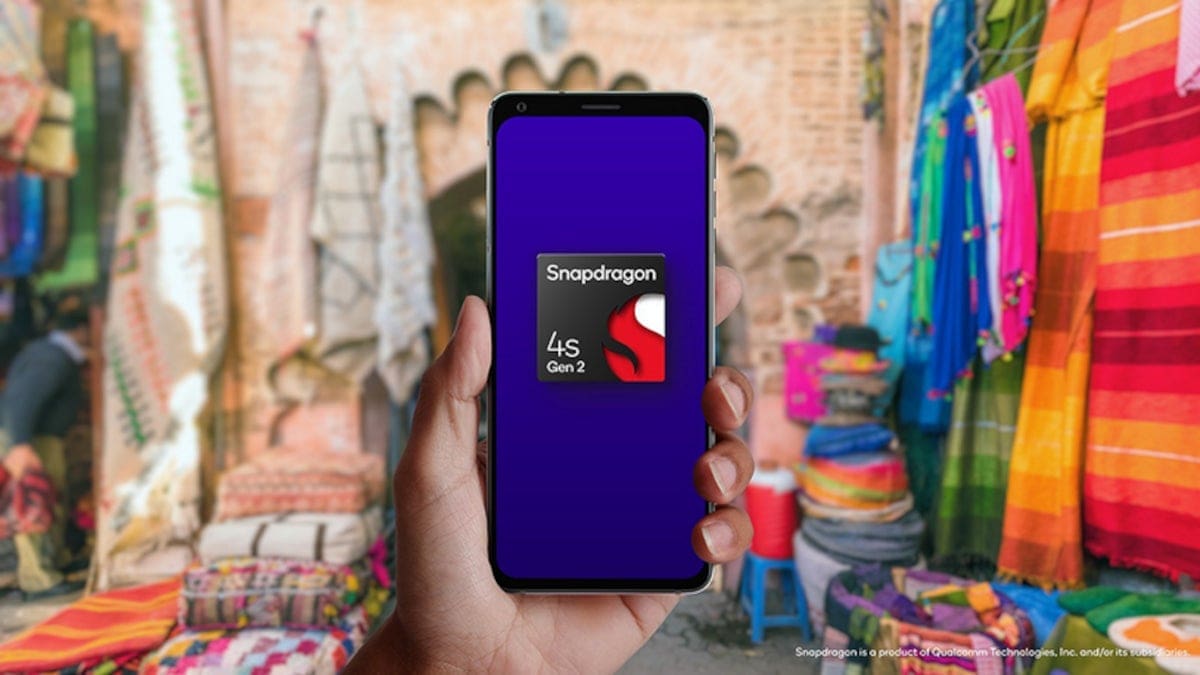Mid-band spectrum has become the favored choice for wireless technology, offering a balance between coverage and speed. T-Mobile recognized this early on, while AT&T and Verizon focused on mmWave spectrum, which has limited range. As a result, very few subscribers were able to take advantage of the high-speed 5G offered by these providers. T-Mobile took […]
T-Mobile took a different approach and it paid off. They acquired mid-band holdings by purchasing 2.5GHz airwaves and C-band spectrum. However, competitors like AT&T and Dish believe that there should be stricter limits on spectrum ownership. Dish recently filed a request with the FCC, asking for the threshold to trigger a spectrum screen to be lowered from 33% to 25%. This means that if a carrier’s purchase leaves it with over 25% of the available spectrum in a market, the FCC would review the transaction to ensure healthy competition.
AT&T has criticized T-Mobile’s acquisition of mid-band spectrum, calling it “anticompetitive foreclosure.” However, T-Mobile’s strategy was actually a smart move that highlighted the mistake made by AT&T and Verizon in focusing on mmWave. T-Mobile agrees that changes are needed in spectrum policies, but believes that placing limits on ownership is challenging in the 5G era. Instead, T-Mobile suggests implementing limits on spectrum purchases during FCC auctions.
T-Mobile has already shown its commitment to building a strong 5G network by acquiring low-band spectrum in 2017. They are looking to continue their success by utilizing mid-band spectrum, as it provides better coverage and faster speeds.









